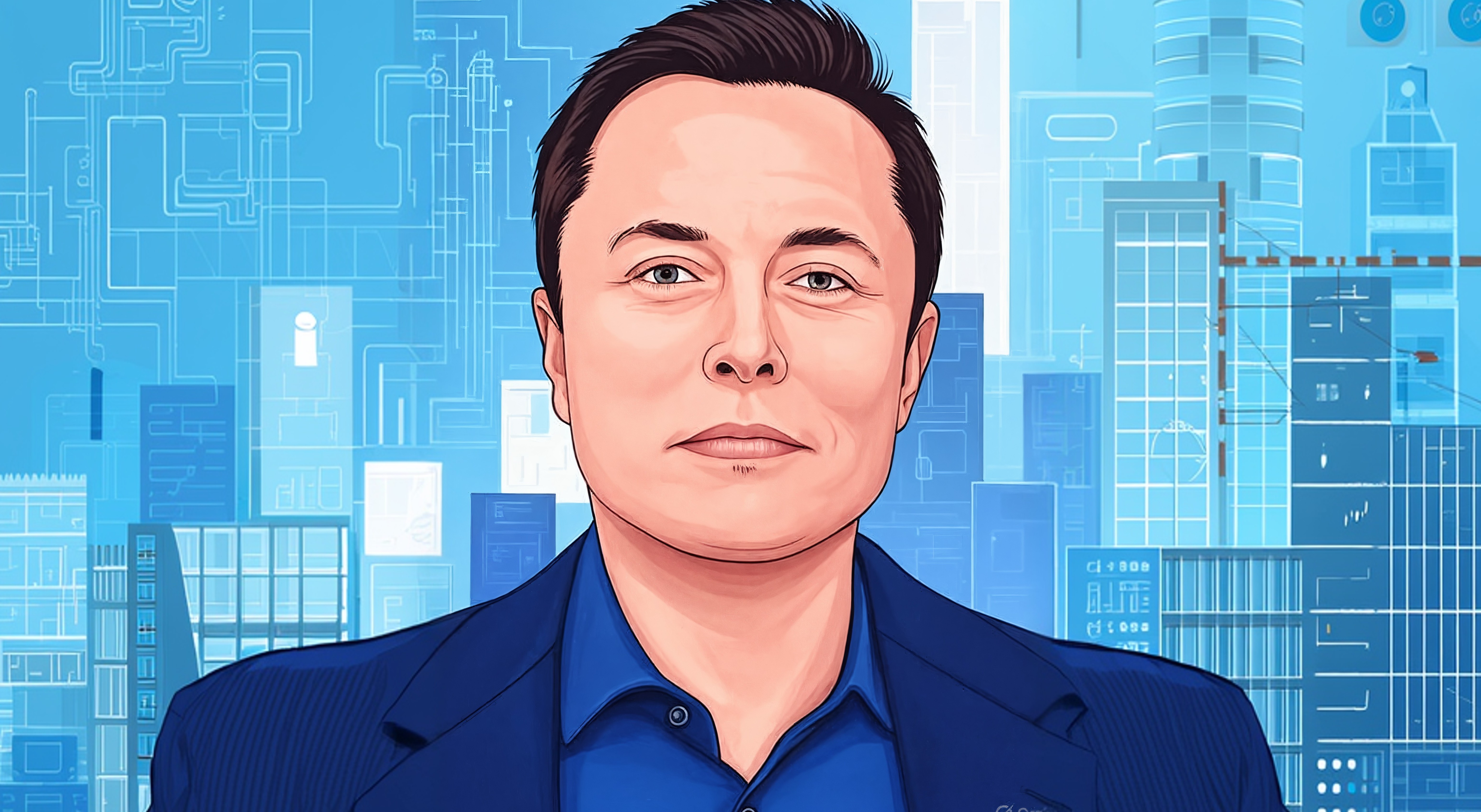
Empowering Women in Power: Tech Strategies for Diversity
Networks and mentorship programs reshape the energy sector's landscape, where women like Mini Thomas lead efforts to integrate diverse talent into power systems and smart grids. This shift not only addresses gender imbalances but also enhances technological innovation and operational efficiency in an industry facing rapid digital transformation.
The Rise of Female Leadership in Energy
Breaking Barriers Through Expertise and Advocacy
Mini Thomas exemplifies the strategic value of diverse leadership in the power industry. With a background in electrical engineering from Kerala, India, Thomas advanced through academia, earning a Ph.D. and ascending to roles like president of the National Institute of Technology, Tiruchirappalli. Now a professor at Jamia Millia Islamia University, her expertise in power systems and smart grids positions her as a key influencer.
Thomas's involvement in IEEE as a senior member and volunteer underscores the importance of professional networks. These platforms facilitate knowledge exchange and career advancement, particularly for women navigating male-dominated fields. Her emphasis on family support highlights a critical incentive structure: without mechanisms to balance caretaking responsibilities, talent retention suffers. This dynamic affects business models in energy firms, where diverse teams drive better decision-making and innovation.
Mentorship as a Competitive Framework
Mentorship programs, such as those Thomas champions through the South Asia WePOWER network, create aggregation effects similar to platform dynamics in tech. By connecting mentors with doctoral students, aspiring leaders, and mid-career professionals, these initiatives build network effects that amplify women's representation in technical and senior roles. The WePOWER professional development program targets South Asia, aiming to increase women's roles in power and energy sectors.
Consider a framework for mentorship impact: Imagine a diagram with three layers—entry-level talent at the base, mid-career professionals in the middle, and leadership at the top. Arrows represent upward mobility enabled by mentorship, with feedback loops reinforcing skills and confidence. This structure mirrors aggregation theory, where centralized networks (like WePOWER) aggregate supply (mentors) and demand (mentees), creating value through scale.
Expert opinions reinforce this. Leaders like Trishia Swayne from the Women’s International Network of Utility Professionals (WiNUP) note growing female participation, yet persistent challenges in workplace culture. Structured programs address these by building skills and networks, directly impacting retention rates and innovation pipelines.
Integrating Tech Innovations for Gender Equity
AI and Machine Learning in Smart Grids
Smart grids represent a convergence of energy infrastructure and advanced tech, where AI and machine learning optimize power distribution and predict failures. Thomas's work in this area highlights how diverse teams accelerate adoption. Women-led contributions in AI-driven energy management foster inclusive algorithms that consider varied user needs, such as rural electrification models.
Statistical data from the International Energy Agency indicates that gender diversity can boost sector productivity by up to 15%. In business terms, this translates to competitive advantages for companies like Siemens Energy and ABB, which leverage AI for smart grid technologies. Diverse engineering teams reduce biases in ML models, leading to more robust systems and broader market appeal.
Cloud Infrastructure Enabling Scalable Solutions
Cloud computing underpins modern energy infrastructure, providing scalable platforms for data analytics in power systems. Initiatives like SEforALL’s Agrigrid approach integrate cloud-based models to empower women in rural energy management. These gender-focused business models combine energy access with economic opportunities, creating micro-entrepreneurship in developing regions.
From a strategic perspective, cloud platforms act as aggregators, centralizing data from distributed energy sources. This enables network effects where women entrepreneurs scale operations, similar to how cloud services democratize access in tech industries. Companies like Schneider Electric benefit from this, as diverse leadership drives innovation in cloud-integrated smart grids.
Fintech and Web3 in Energy Markets
Fintech and Web3 technologies introduce new business models in energy trading and financing. Blockchain enables decentralized energy markets, where women-led startups can participate in peer-to-peer trading. WePOWER-supported incubators foster these ventures, linking them to IEEE networks for technical expertise.
In fintech terms, tokenization of energy assets via Web3 creates liquid markets, reducing barriers for underrepresented groups. This aligns with broader trends in digital transformation, where inclusive models enhance market efficiency. Predictions suggest that by 2030, these technologies will expand women's economic empowerment, particularly in rural areas, by integrating sustainable energy with financial tools.
Industry Trends and Business Implications
Current trends show an upward trajectory in female leadership, supported by organizations like WiNUP and WePOWER. Women constitute 20-25% of the global energy workforce, with initiatives aiming for significant increases. Public policy experts advocate for STEM education reforms to sustain this growth, emphasizing incentives for girls in tech-related fields.
Business models evolve as diversity correlates with enhanced innovation. Energy firms adopting AI, cloud, and fintech gain edges through diverse perspectives, improving renewable integration and operational efficiency. Historical context reveals that sectors ignoring diversity lag in adaptation, much like early tech platforms that overlooked user inclusivity.
A strategic framework here: Visualize a two-axis chart with 'Diversity Investment' on the x-axis and 'Innovation Output' on the y-axis. Points cluster in the upper right, indicating high returns from gender-inclusive strategies. This underscores the economic rationale for empowerment programs.
Future Predictions and Strategic Recommendations
Looking ahead, women's participation in power sector leadership is poised to rise through 2030, driven by mentorship and policy support. Enhanced diversity will accelerate smart grid and renewable adoption, areas ripe for AI and cloud advancements.
Recommendations include investing in gender-focused energy models like Agrigrid, which blend sustainability with empowerment. Energy companies should prioritize partnerships with networks like WePOWER to build talent pipelines. Governments ought to fund STEM initiatives, creating incentives for inclusive business models.
In fintech and Web3, expect growth in women-led clean energy startups, leveraging blockchain for equitable markets. These developments promise not just diversity but transformed competitive dynamics in the energy sector.
Key Takeaways on Tech-Driven Empowerment
Diverse leadership in power and energy yields tangible business benefits, from productivity gains to innovative tech integration. Mentorship networks like WePOWER create platform-like effects, aggregating talent for scalable impact. AI, cloud, and fintech intersections offer new models for inclusion, positioning the sector for sustainable growth. Strategic investments in these areas will define future competitiveness, ensuring equitable progress in a digitalizing industry.
Comments
Read more

AI Tools Revolutionizing Dev and Fintech Workflows
Explore how RAG, spec-driven coding, and API integrations are transforming software development and fintech with cutting-edge AI insights.

Tether's $20B Raise Eyes $500B Valuation Boom
Tether plots $15-20B private raise to hit $500B value, expanding into AI and energy amid crypto's regulatory thaw. Unpack the hype and risks.

Tech Giants Push AI Amid Regulatory Winds
Exploring Meta's anti-regulation PAC, Apple's payment expansion, and Rokid's smartglasses as indicators of evolving tech strategies and competitive dynamics.